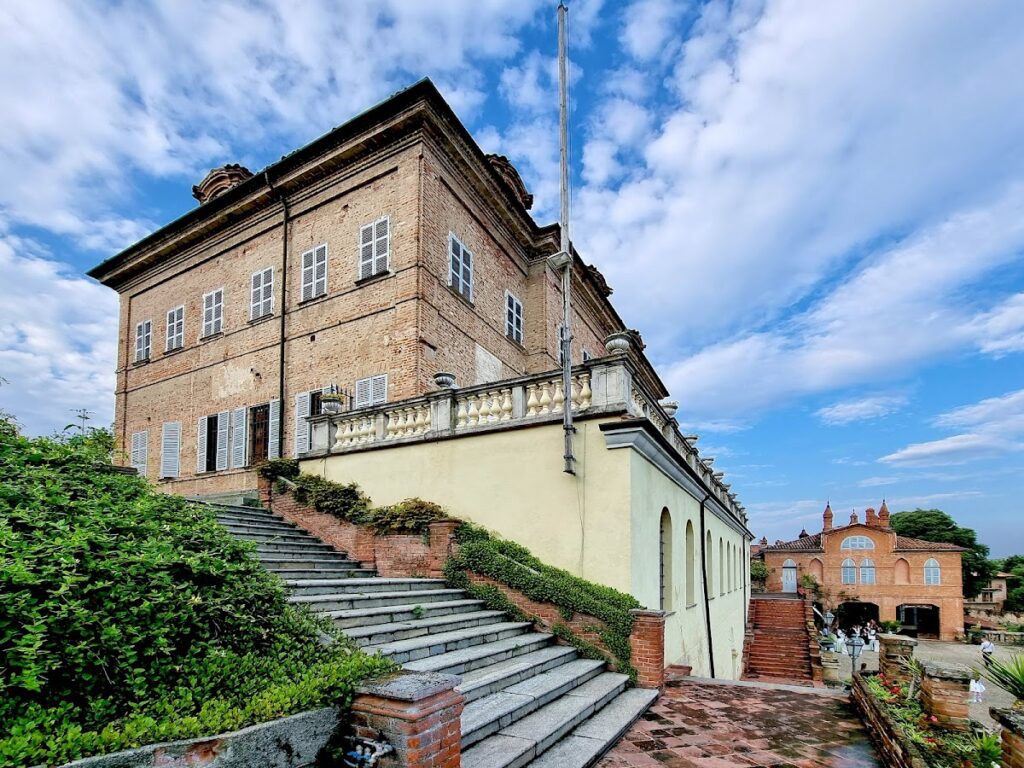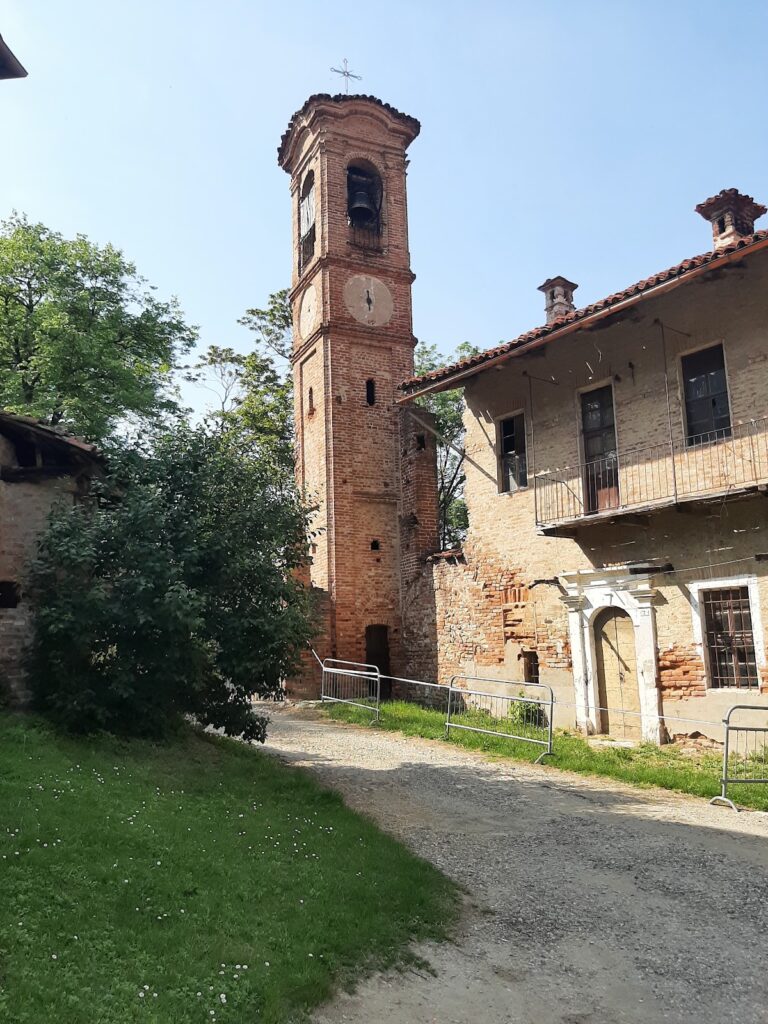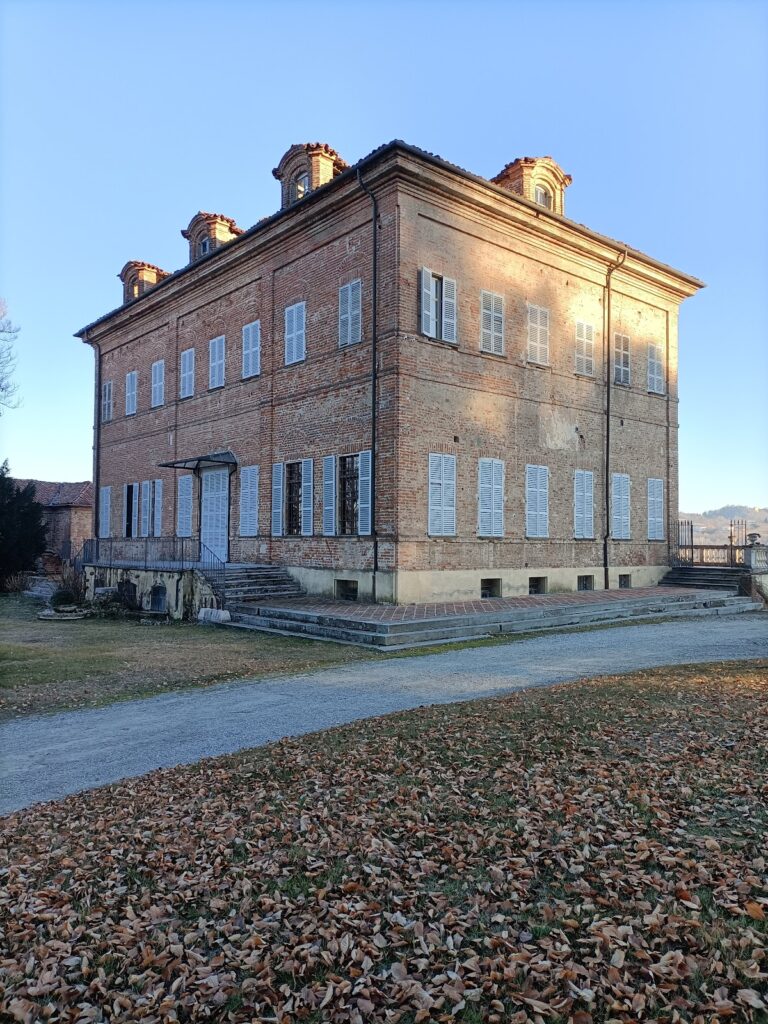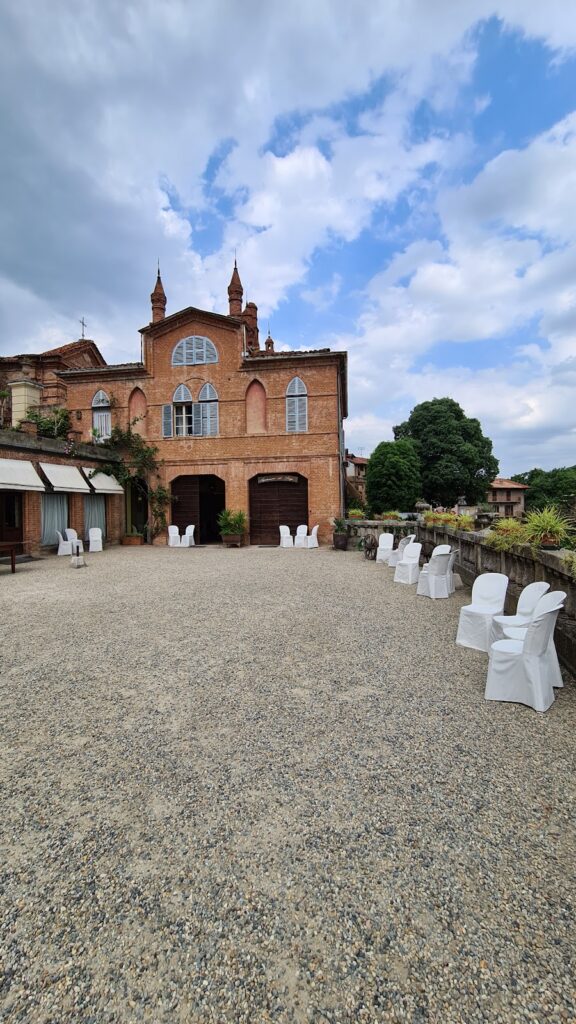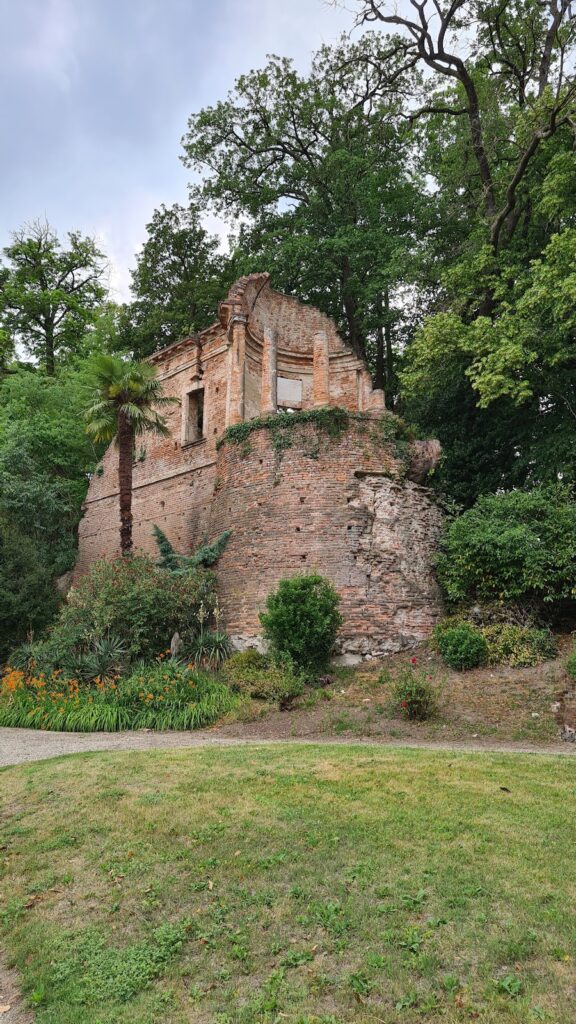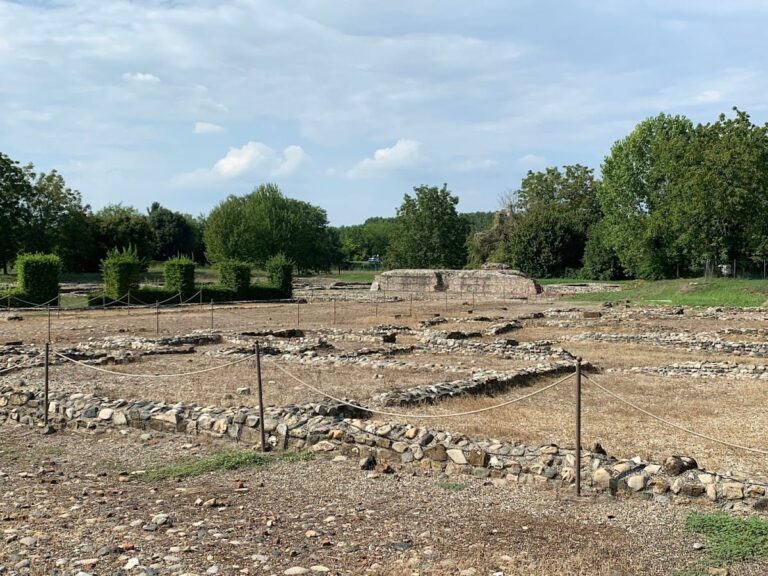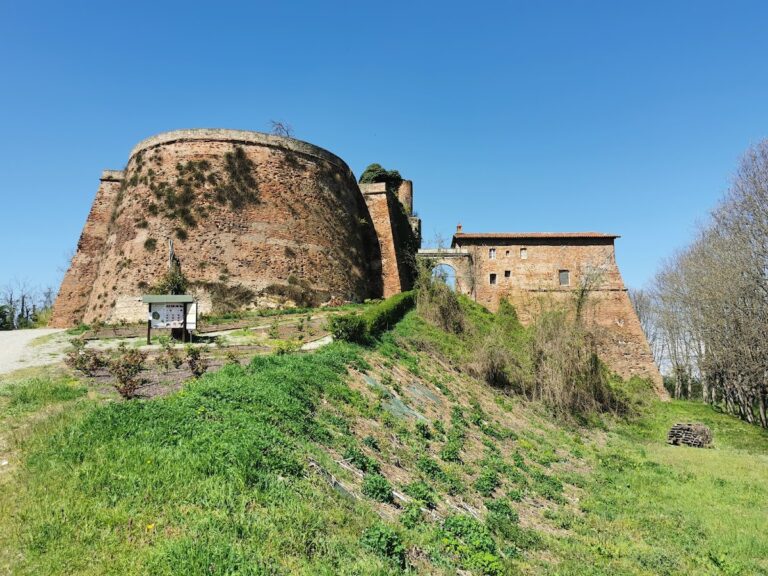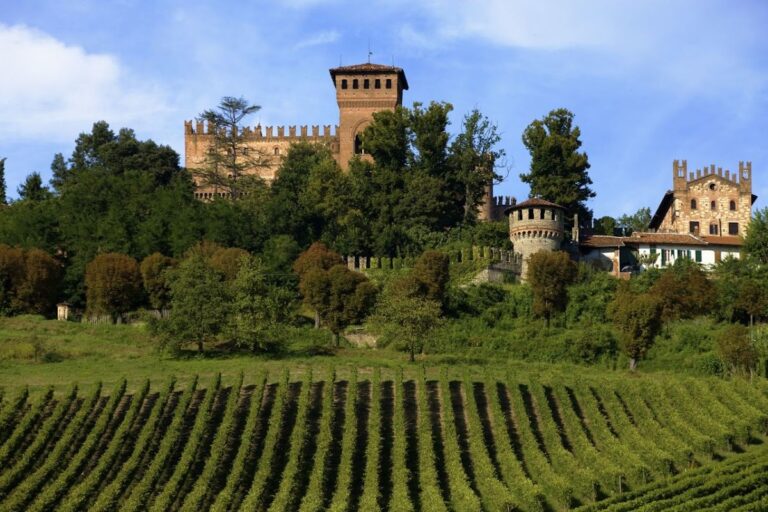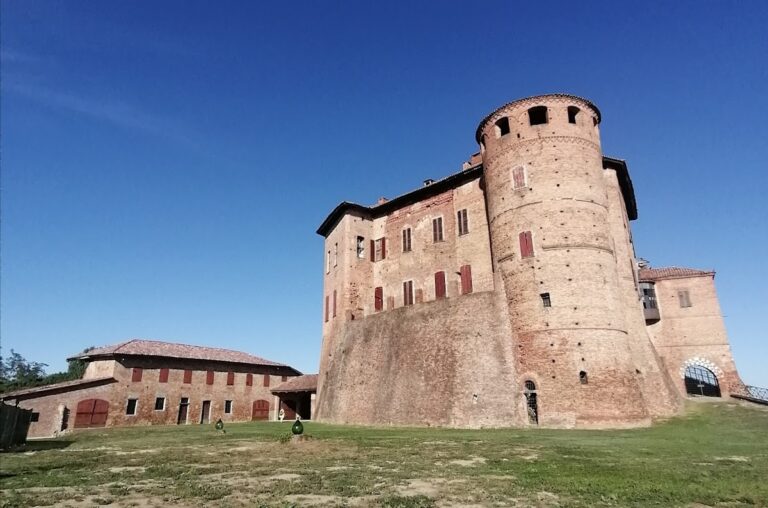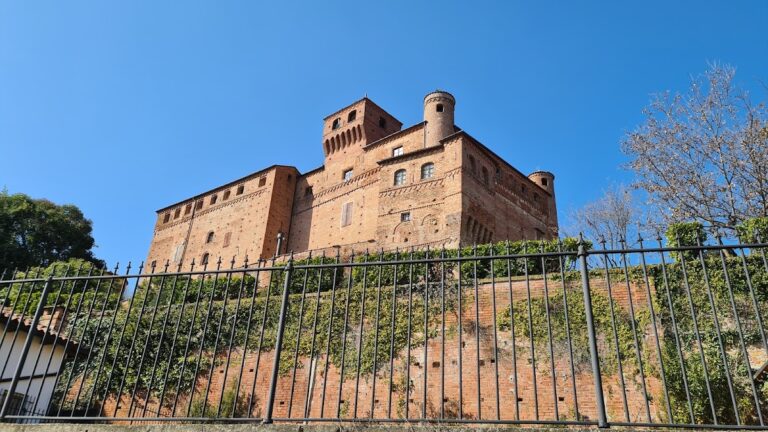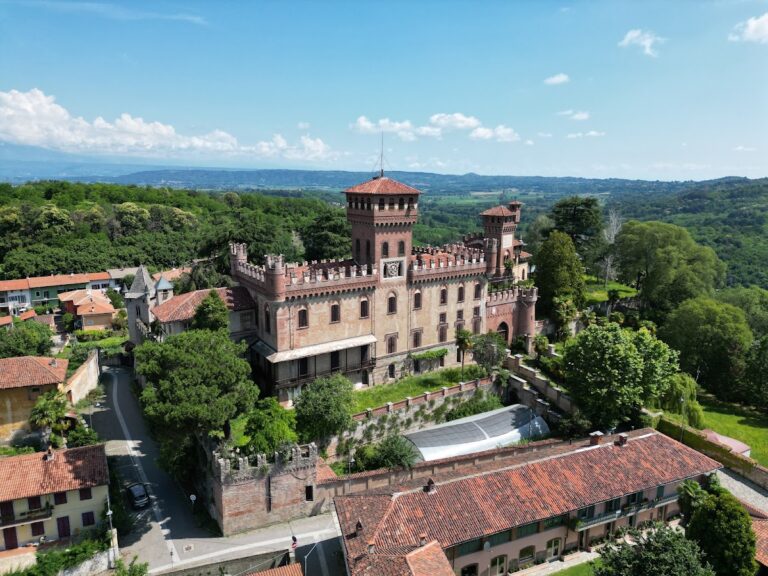Castello di Brusasco: A Historic Castle in Brusasco, Italy
Visitor Information
Google Rating: 4.5
Popularity: Low
Google Maps: View on Google Maps
Country: Italy
Civilization: Unclassified
Remains: Military
History
Castello di Brusasco stands in the municipality of Brusasco, Italy, originally established by early medieval Italian builders. Its location was strategically chosen near where the Dora Baltea and Po rivers meet, a site vulnerable to both military invasions and flooding in the late 9th century.
The castle’s earliest core was erected around the year 891 under the directive of Berengar, Marquis of Friuli and King of Italy, to provide a safe refuge for local people from raids and river floods. Initially, the Marquises of Ivrea likely held control over the castle, with some historical accounts suggesting they donated it to the Bishop of Vercelli, while others mention a transfer to the Abbey of Novalesa by 998. Before the turn of the first millennium, the castle came under the rule of the Aleramici family, who served as Marquises of Monferrato, and the site’s fate became intertwined with their shifting political fortunes.
During the conflict involving Emperor Frederick I Barbarossa and the northern Italian communes, Marquis Guglielmo IV of Monferrato aligned himself with the emperor, who confirmed Guglielmo’s control over Brusasco in 1164. This period saw an expansion of the castle, with construction of a larger fortification on the original medieval foundation. Nonetheless, Brusasco faced turmoil when imperial mercenaries attacked and sacked it, leading the settlement to earn the status of a self-governing commune. In 1186, the castle and its surrounding lands were granted as a fief to Count Ottobono Radicati from Cocconito.
Under the Paleologi dynasty, Brusasco enjoyed a phase of prosperity marked by the building of defensive walls and promotion of agricultural activities. Following the extinction of the Paleologi line, control passed to the Gonzaga family in 1536. Toward the end of the 16th century, the Gonzagas ordered the inhabitants to move up from the valley to the hilltop area called the “Luogo,” prioritizing defense and oversight.
The early 18th century brought hardship during the 1704 siege of nearby Verrua Savoia, when French troops under Louis XIV inflicted significant damage on the Luogo and its castle. This destruction prompted villagers to abandon the hill and return to the valley by 1713.
The structure seen today largely dates from the mid-18th century when Count Giovanni Ottavio Cotti, a notable Piedmontese musician and official, commissioned architect Giovanni Maria Molino to reconstruct and expand the castle on its historic site. Count Luigi Cotti further enhanced the estate around 1780 by redesigning the adjacent park in the English landscaping fashion. This design incorporated remnants of medieval ruins along with a decorative faux Roman nymphaeum, a monument styled as a sanctuary for water nymphs.
In 1859, amidst the Italian unification efforts known as the Risorgimento, the castle temporarily housed Giuseppe Garibaldi and his Alpine Hunters Corps. This link to Garibaldi was honored through the renaming of the local village to Borgo Garibaldi.
Ownership of the castle has evolved over centuries. The Counts of Valperga are recorded as holders from 1446 until 1504. Later, the Cotti family acquired the property in 1722, initiating renovations that shaped its present appearance. In 1874, Count Gazzelli Brucco contributed further modifications by adding a neo-medieval tower and an adjoining chapel, augmenting the castle’s vertical structure and religious facilities.
Following periods of neglect and use by the Marianist Fathers, a Catholic religious congregation, the castle was purchased in 1970 by the Violi family who repurposed it for agricultural hospitality.
Remains
The castle complex occupies a commanding position on the hilltop known as the Luogo, overlooking the valley below and former settlement areas that historically were prone to flooding. The present building primarily reflects the mid-18th century reconstruction overseen by architect Giovanni Maria Molino, which incorporated and expanded earlier medieval foundations.
Surrounding the castle, the associated parkland was transformed in 1780 into an English-style garden by Count Luigi Cotti. This landscaping included the intentional incorporation of medieval stone ruins, blending historical fragments into a designed natural setting. One striking ornamental feature added during this period is a faux Roman nymphaeum – a decorative structure conceived to resemble ancient sanctuaries dedicated to water nymphs. This element served an aesthetic rather than religious purpose, reflecting the 18th-century taste for classical motifs.
Additional architectural features were introduced in the late 19th century when Count Gazzelli Brucco erected a neo-medieval tower adjacent to the castle. This tower rises above the main structure, enhancing its silhouette with a historicist style that references medieval fortification towers. Alongside it, the addition of a chapel provided space for religious observance, linking the castle’s secular and spiritual roles during that era.
The castle has experienced cycles of deterioration and restoration. After a period when it was occupied by the Marianist Fathers, it fell into neglect. Beginning in 1970, the Violi family undertook restoration efforts and converted the structure into an agriturismo, adapting the historic buildings for modern agricultural hospitality while preserving key architectural elements.
Today, the castle’s layout reveals a layering of medieval origins and later expansions. The stonework includes medieval construction techniques at its core, with 18th and 19th-century additions evident in walls, towers, and decorative garden features. Although the complex has undergone numerous changes, its position on the hilltop, the remnant park landscaping, and structural elements like the neo-medieval tower and chapel remain visible testimonies of its long and varied history.
